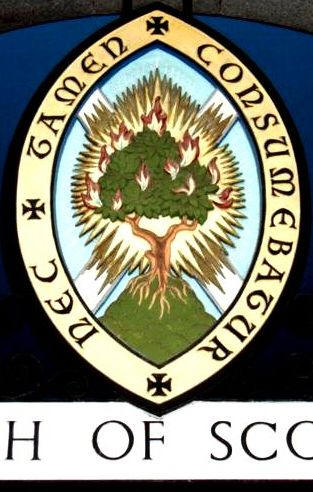
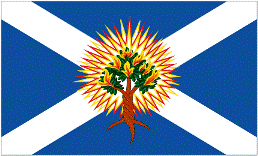
Burning bush
Vesica Piscis/Oval
Symbols
Quotes
[Symbol quotes
Symbol quotes (specific)]
“The vesica is “a universal exponent of architecture or Masonry, and the
original source or fountain from which its signs and symbols are derived— it
constituted the great and enduring secret of our ancient brethren”
-George Oliver, Discrepancies of Masonry
“As a symbol, it was frequently employed as a church decoration by the
Freemasons of the Middle Ages. The seals of all colleges, abbeys, and other
religious communities, as well as of ecclesiastical persons, were invariably
made of this shape. Hence, in reference to the religious character of the
Institution, it has been suggested that the seals of Masonic Lodges should also
have that form, instead of the circular one now used.”
Albert G. Mackey, Encyclopedia of Freemasonry
Vessica Piscis
"Vessel of the Fish," vesica piscis, was a worldwide ancient synonym for the
yoni or vulva. In religious symbolism it stood for the feminine creative force,
the Mother-spirit that gave birth to the world and the gods. In prepatriarchal
philosophy the general explanation for sexual activity was that spiritual
nourishment for males was inherent in the act of "plugging in" to this female
power, resulting not only in a moment or two of godlike bliss, but also in an
essential contact with the mysterious magic inside a woman's body that could
actually produce life.
The ancients insisted that women's
sexual secretions smelled like fish, which is why the sign of the yoni came to
be called vesica piscis. One of the Hindu titles of the Great Goddess was "a
virgin named Fishy Smell, whose real name was Truth." Particularly in her
Love-goddess aspect, the ancient Mother was associated with fish, seashells,
seawater, salt, ships and fishermen. She often appeared in mermaid form with a
fish tail, or even two fish tails like the medieval Siren. In her
honour, fish were eaten on Friday, which was her official day, named after Freya,
her Scandanavian incarnation. (Latins called it the Day of Venus)
Thus it was - and in some areas still is - believed that fish are aphrodisiac
food.
The vesica piscis passed into
medieval Christian art as a frame for holy figures (see Mandorla), however
incongruous this might have seemed in the light of its older connotations.
Renaisannce painters often showed the "cloud" that took Jesus up to heaven in
the form of a vessica piscis, which appeared to be swallowing him headfirst, so
that sometimes only his dangling legs remain visible.
http://forum.davidicke.com/showthread.php?t=2368&page=4
The Flag of the Church of Scotland - bearing a Mosaic "burning bush" motif. The "fiery tree" with 3 roots is, however, Druidic in origin, as is the zodiacal cross in the background. This cross is also meant to symbolize the numeral 1O (Ten), another insignia of Aten or Aton (Ten). See 10 Downing Street. "X" stands for Aton and also for the biblical hero Nimrod, known as the "mighty hunter of Jehovah" http://www.irishoriginsofcivilization.com/irishoriginsexcerpts/book2_chap41.html
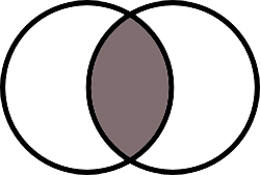
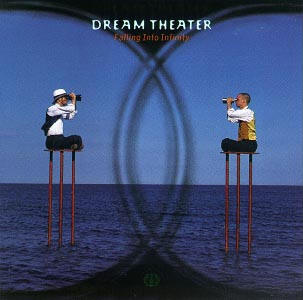
Dream Theater
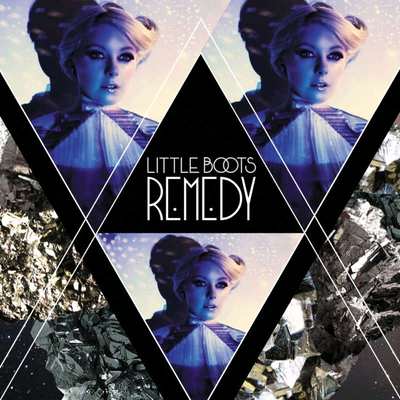

Little Boots
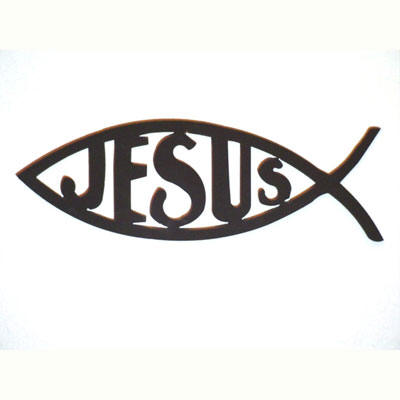
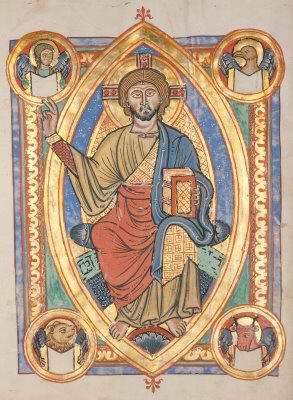
Early Christianity often represented Christ inside a Vesica Piscis, representing
the womb of the Virgin and/or the gateway to the celestial world.
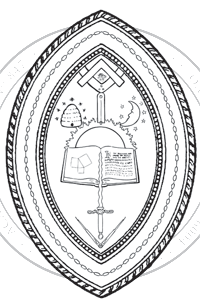
masonic seal:
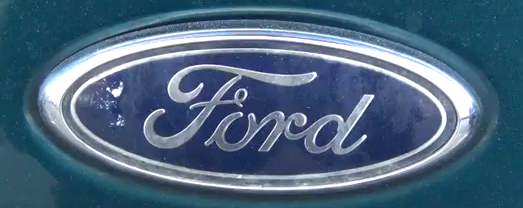







Swiss Coop
http://youtu.be/bl0Jnxb8WWs



http://vigilantcitizen.com/vigilantreport/occult-symbols-in-corporate-logos-pt-1/